And don’t get me wrong, I took art and design classes. Lots of classes after I earned my degree. But these were mostly an introduction to various graphic design principles and programs. It was the entire weekends giving up on a social life in my early 20s pouring over art books, happily locked away with my first mac truly mastering the programs that resulted in my ability to land my first design job.
Having not gone the traditional art school route meant that I didn’t have a portfolio of work to show prospective employers. So—I had to create one. For more information on what should be in a good graphic design portfolio, read this article.
And that leads me to another dirty little secret that folks who do go to art school find out the hard way: even if you have a book of student work you created from various projects in your classes—you may not be able to actually show any of it by the time you graduate! No, I’m not kidding. Later, when I taught a portfolio critique class at a school with a degreed art program (yes, again without having an art degree myself because of my professional accomplishments), I strongly encouraged all of my students to revisit all of their assignments—if not create entirely new projects—for their portfolio. I did this because it’s only natural that one gets better over time with practice, and the work done at the beginning of learning graphic design may not be indicative of what you’re actually capable of doing or be as strong as your later work.
Which brings me to another key point: learning the various graphic design programs does not mean you are a graphic designer. Far from. So let me be clear: not only did I learn the software, I also learned and appreciated the design process as well as the principles of graphic design. And there is much to learn! In fact, if you’re good, have an appreciation for your craft and stay inspired, you actually never stop learning. In order to become a graphic designer or do graphic design work for yourself, you may not need a degree—but you do need to know the programs and you absolutely need to learn graphic design principles like color theory, balance, symmetry, hierarchy, negative space, and typography just to mention a few—oh and I’ll also add art history and an awareness of pop culture to mention a few more!


And I’ll admit, I was lucky because I had a sister who had gone to art school who taught me technique and introduced me to different mediums at an early age when she saw that I had a natural affinity for drawing and other art forms. And my bachelor of arts degree did include art history classes, but, like a lot of people, I was also unlucky as I grew up economically challenged which meant my college education was not secured. (Or I can say I was lucky because the struggle was real and that gave me sensitivity, ambition and a great work ethic out of necessity because now I realize art stems from adversity. But I did not have the luxury of art college, or any university, being paid for by my family or the government despite all my academic success.)
So because my family could not afford to pay for college at all, let alone art school (art supplies are extremely expensive, not to mention books and tuition!), a career in art was not encouraged. My mom, who is the sweetest mother in the world and also an incredibly strong woman who raised five children on her own, just did not want to see her baby struggle and become a “starving artist.” So, I didn’t go with my natural artistic abilities and join the cool vo-tech art students smoking outside at school. Instead, I got on the honors track and found myself lighting Bunsen burners in classes like AP chemistry. (AP, or Advanced Placement, are classes that high school students in the US can take for college credit.) And let me tell you, folks, there are WAY too many white solids in the world and me and a Bunsen burner aren’t a natural fit!
So I tell you all this to say that: if you are a creative artist, it will emerge, you can’t deny who you are—so why should you? Be yourself and do you, Boo! Your passion and talent for what you love will rise you to the top of your chosen field and you will not have to worry about money. (For the record, as an art director for Fortune 500 companies, I made over six figures, provided for my family, had the corner office, received stocks and bonuses, and took multiple trips to the Caribbean a year…so much for “starving artist”!) Believe in yourself and you’ll find a way to make your dream job happen. You can do anything you put your mind to. Don’t let anyone tell you different! (And that includes ending a sentence with a preposition and not using the correct adverbial form of the word—did I mention I was an English minor? I’ll add reading to the list of things that help you become a better designer.)

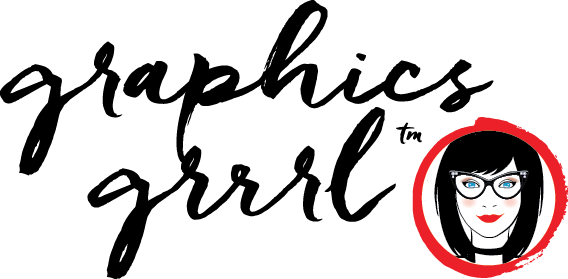

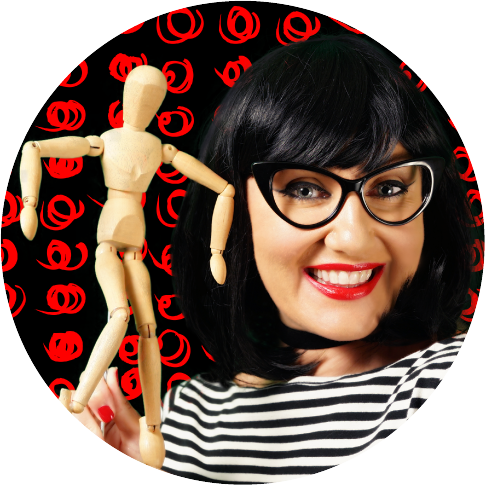




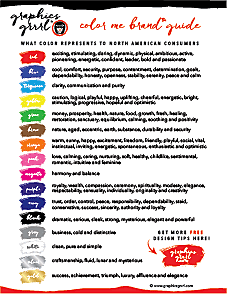
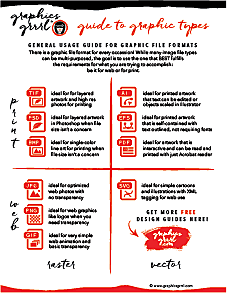

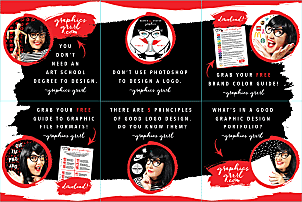


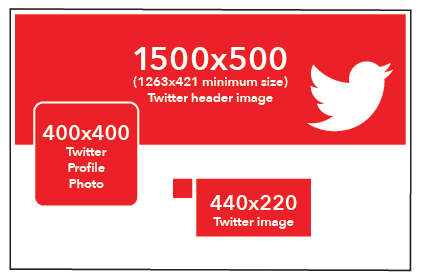

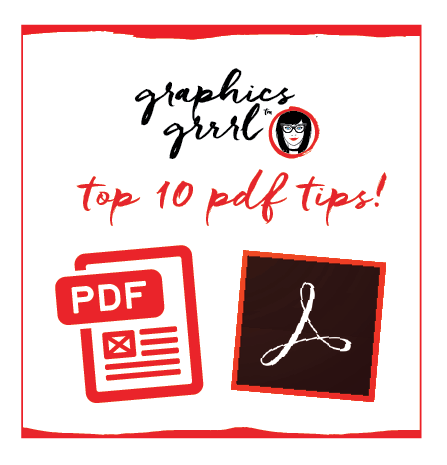
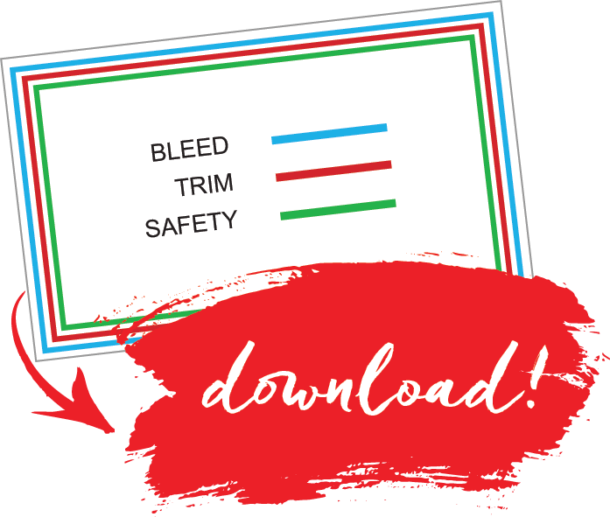



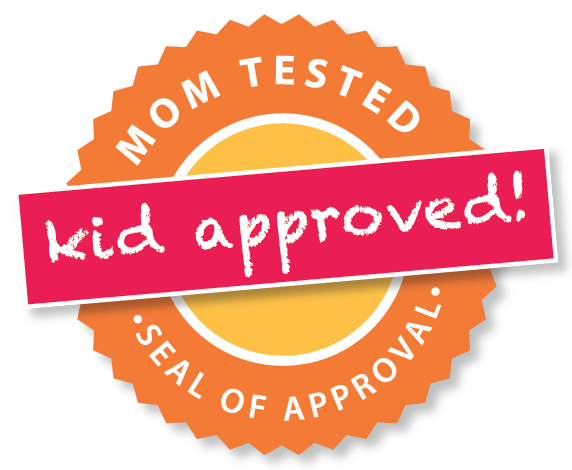





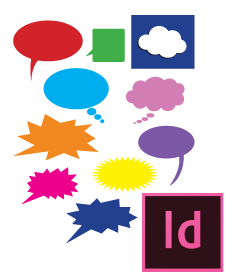
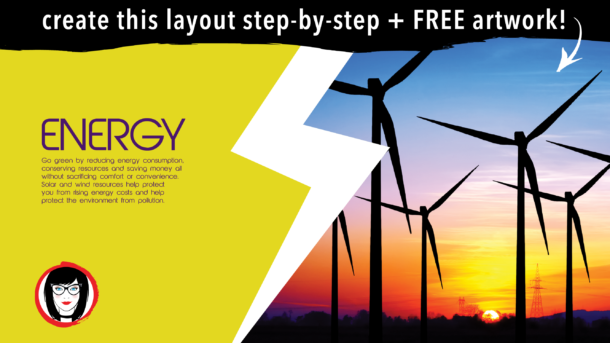

How very well written! And inspiring, I wouldn’t even call myself a graphic designer at this point because I’m still learning. And there’s a LOT I don’t know.
But I know I really enjoy doing the little bits of graphic design that I do! And yes my mom thinks just like your mother did for you, is it like universal? 😛
Ha ha, I think moms always worry! Once I got successful and had more work than hours in a day, my mom reminded me that I used to say that I didn’t want a 9 to 5 job and “now you work 9 to 9, 9 to midnight”! Doing what you love makes all the difference!